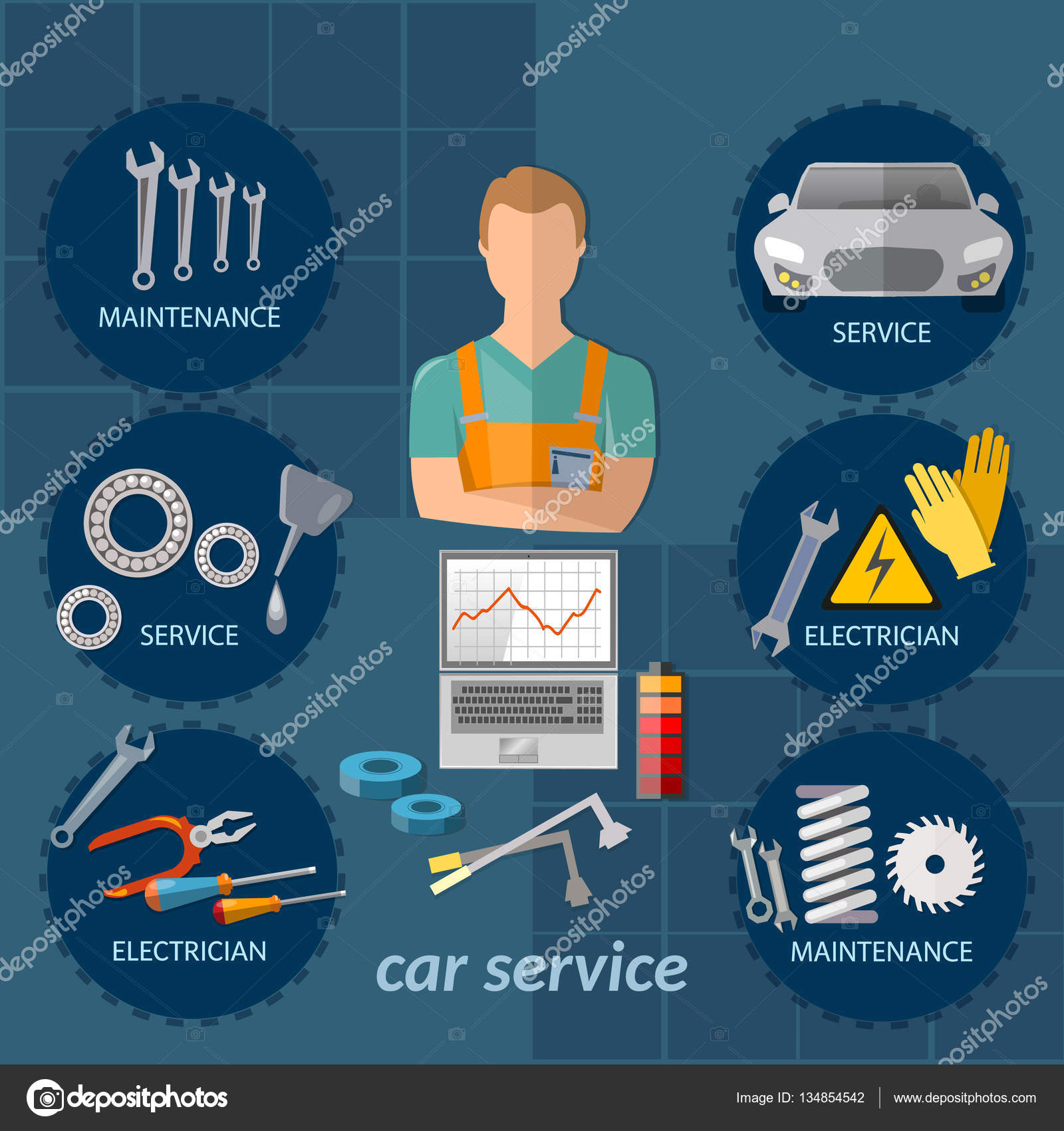Deciphering Your Automobile'S Warning Indicators: What They Absolutely Signify
Deciphering Your Automobile'S Warning Indicators: What They Absolutely Signify
Blog Article
Material Create By-Faulkner Kejser
When you're behind the wheel, those glowing caution lights on your dashboard can be a bit bewildering. Do you know what they're trying to tell you regarding your cars and truck's health and wellness? Recognizing the relevance of these lights is important for your safety and security and the longevity of your automobile. So, the next time among those lights turns up, would not you wish to decipher its message properly and take the needed actions to resolve it?
Common Warning Lights and Interpretations
Recognize usual caution lights in your cars and truck and understand their significances to ensure safe driving.
The most normal caution lights include the check engine light, which indicates issues with the engine or exhausts system. If this light comes on, it's crucial to have your car checked promptly.
The oil pressure cautioning light shows reduced oil stress, calling for immediate interest to avoid engine damages.
https://cruzogvlc.idblogz.com/30789133/comprehensive-interview-best-practices-revealed-by-a-specialist-vehicle-detailer flashing battery light might suggest a faulty charging system, potentially leaving you stranded otherwise dealt with.
The tire pressure surveillance system (TPMS) light notifies you to reduced tire stress, affecting vehicle stability and gas efficiency. Overlooking this might bring about harmful driving conditions.
The abdominal light indicates a problem with the anti-lock braking system, jeopardizing your capacity to quit quickly in emergencies.
Finally, https://www.repairerdrivennews.com/2021/10/22/oeconnection-acquires-verifacts-automotive/ alerting light warns of engine overheating, which can result in severe damages otherwise solved swiftly.
Recognizing these usual caution lights will certainly assist you attend to issues immediately and keep secure driving problems.
Relevance of Prompt Interest
Comprehending the usual warning lights in your vehicle is only the first step; the relevance of quickly addressing these cautions can't be emphasized sufficient to guarantee your security on the road.
When a caution light brightens on your dashboard, it's your vehicle's way of connecting a potential issue that needs attention. Overlooking these cautions can lead to much more extreme issues in the future, endangering your safety and potentially costing you more out of commission.
Trigger focus to alerting lights can stop breakdowns and accidents. For example, a flashing check engine light could show a misfire that, if left ignored, can cause damage to the catalytic converter. Addressing this immediately can save you from a pricey repair service.
In a similar way, a brake system advising light may signify low brake liquid or worn brake pads, important parts for your safety when driving.
DIY Troubleshooting Tips
If you see a warning light on your dashboard, there are a few do it yourself fixing tips you can attempt prior to looking for professional aid.
The initial step is to consult your automobile's handbook to understand what the details caution light shows. Sometimes the issue can be as easy as a loosened gas cap activating the check engine light. Tightening up the gas cap may deal with the problem.
An additional typical concern is a reduced battery, which can activate different warning lights. Checking the battery links for corrosion and ensuring they're safe and secure might repair the issue.
If a warning light persists, you can attempt resetting it by separating the vehicle's battery for a few minutes and then reconnecting it. Additionally, checking your lorry's fluid levels, such as oil, coolant, and brake liquid, can help fix warning lights related to these systems.
Conclusion
Finally, recognizing your automobile's caution lights is necessary for maintaining your car running efficiently and safely. By quickly dealing with these notifies and knowing what they indicate, you can prevent pricey repairs and possible failures.
Keep in mind to consult your car's manual for specific details on each warning light and take action accordingly to guarantee a trouble-free driving experience.
Stay educated, remain risk-free when traveling!
